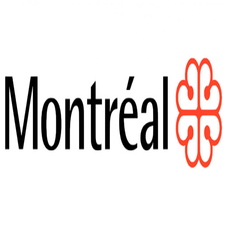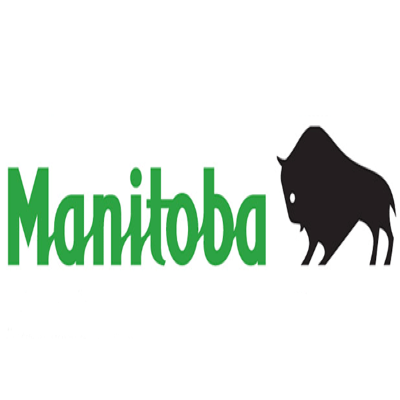Montagne
Type of resources
Topics
Keywords
Contact for the resource
Provided by
Formats
Representation types
Update frequencies
status
-

The Fleuve-Montagne Promenade is a 3.8 km pedestrian route that allows Montrealers and visitors to discover emblematic places in Montreal. The walk traces the pedestrian link between the two natural icons of Montreal, the Saint Lawrence River to the south and Mount Royal to the north, to introduce walkers to iconic places located in the heart of Montreal. The data set shows the linear path as well as the point markers as presented in the [project mapping] (https://montreal.ca/articles/la-promenade-fleuve-montagne-24009).**This third party metadata element was translated using an automated translation tool (Amazon Translate).**
-

This spatial data represents the boundaries of Manitoba's forest sections. Forest sections are administrative areas comprised of Forest Management Units (FMU's). There are 14 uniquely named forest sections in Manitoba, 9 of which are capable of growing commercial forests. Manitoba's f orest sections are administrative areas comprised of Forest Management Units (FMU's). There are 14 uniquely named forest sections in Manitoba, 9 of which are capable of growing commercial forests. The Aspen Parkland forest section in the south along with the northern forest sections of Boreal Shield, Taiga Shield, Hudson Plains and Southern Arctic are incapable of growing commercial forests. The four northern forest sections were previously called the 'white zone' and all have retained the previous white zone forest section number of 10. The northern forest section boundaries are based on the following ecozones:Hudson Plains: A subarctic area encompassing the coastal areas of Hudson Bay. The area is formed into a wide, level plain, characterised by poor drainage that has resulted in large and numerous peatlands, lakes, coastal marshes, and tidal flats. Alder, willow, black spruce, and tamarack are the most common tree species.Taiga Shield: Terrain is typically flat or with rolling hills caused by glacial retreat; long eskers and uplands are common. Shallow soils remain damp year-round and regularly freeze and thaw; this leads to tilted growing trees, sometimes called ‘drunken forests’. The northern edge of the forest section is delineated by the tree line. Black spruce, jack pine, birch, tamarack, white spruce, balsam fir, trembling aspen, and balsam poplar are common tree species.Southern Arctic: The southern boundary designated the tree line. Moraines, eskers, kettle lakes, and ponds are common. Permafrost occurs in a continuous sheet throughout the section; polygonal hummocks often result from the freeze and thaw of the soils.Boreal Shield : This forest section represents the upper boundary of the boreal shield ecozone, characterised by long, cold winters and warm summers. Permafrost is widespread. Uplands and lowland tree species are common. Soil varies from poorly drained muskeg to glacially-deposited sand. Coniferous trees include white and black spruce, balsam fir, jack pine, and tamarack; hardwood tree species include birch, trembling aspen, and balsam poplar. Forest fires and insect outbreaks are the natural drivers of forest succession. The ten forest sections south of forest section 10 are sometimes referred to as the 'green zone' and include the following: Pineland, Aspen Parkland, Mountain, Interlake, Lake Winnipeg East, Churchill, Nelson River, Hayes River, Saskatchewan River and Highrock. Fields Included: S ECTION : Forest section number . SECTION_NAME : Forest section name .
 Arctic SDI catalogue
Arctic SDI catalogue